Cardio 101
Cardio workouts are an important component of your health and wellbeing. You do not have to spend hours at the gym to maintain your cardiovascular health and lose weight. You can implement an effective cardio workout at home, even if you do not have a lot
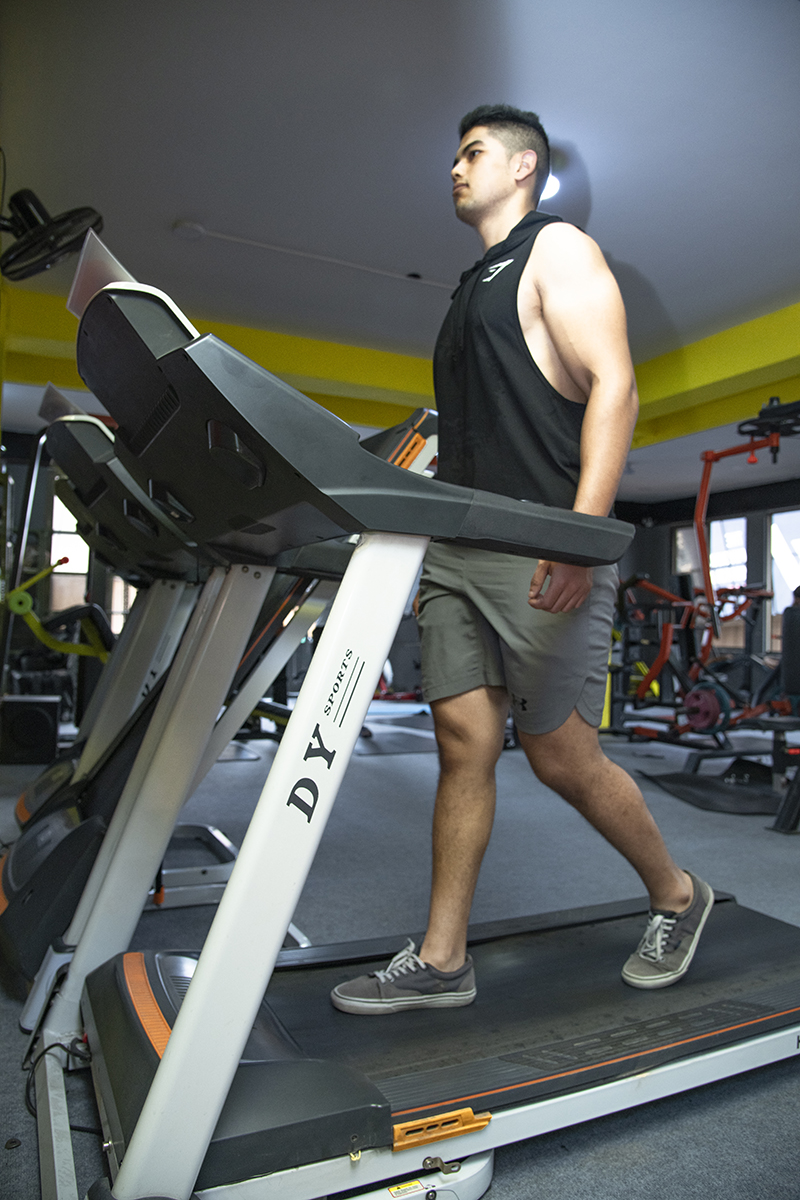
Walking and running: Walking and running both offer many of the same advantages. Keep in mind, however, that you need to walk for a longer period of time to burn as many calories and to achieve some of the other benefits that come from running. But if you’re not pressed for time, or you’re not looking to enter a 10K race, walking can be a better option, especially if you have joint issues, injuries, or back pain. Walking puts less stress and strain on your joints and feet than running.
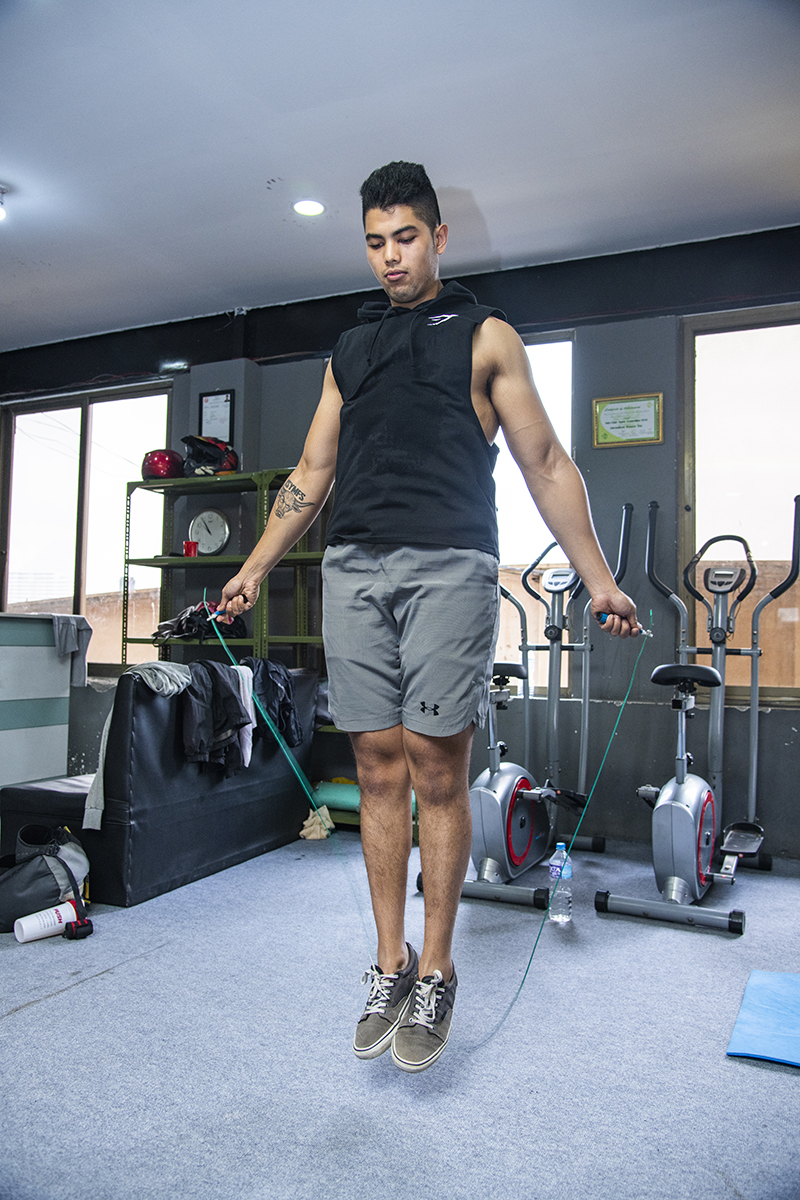
Skipping: Do you have fond memories of skipping as a kid? Well, you can bring that into your workouts by skipping at home. You can do it almost anywhere with just a simple skipping rope you can buy in many locations, which is why it is a great cardio workout at home.
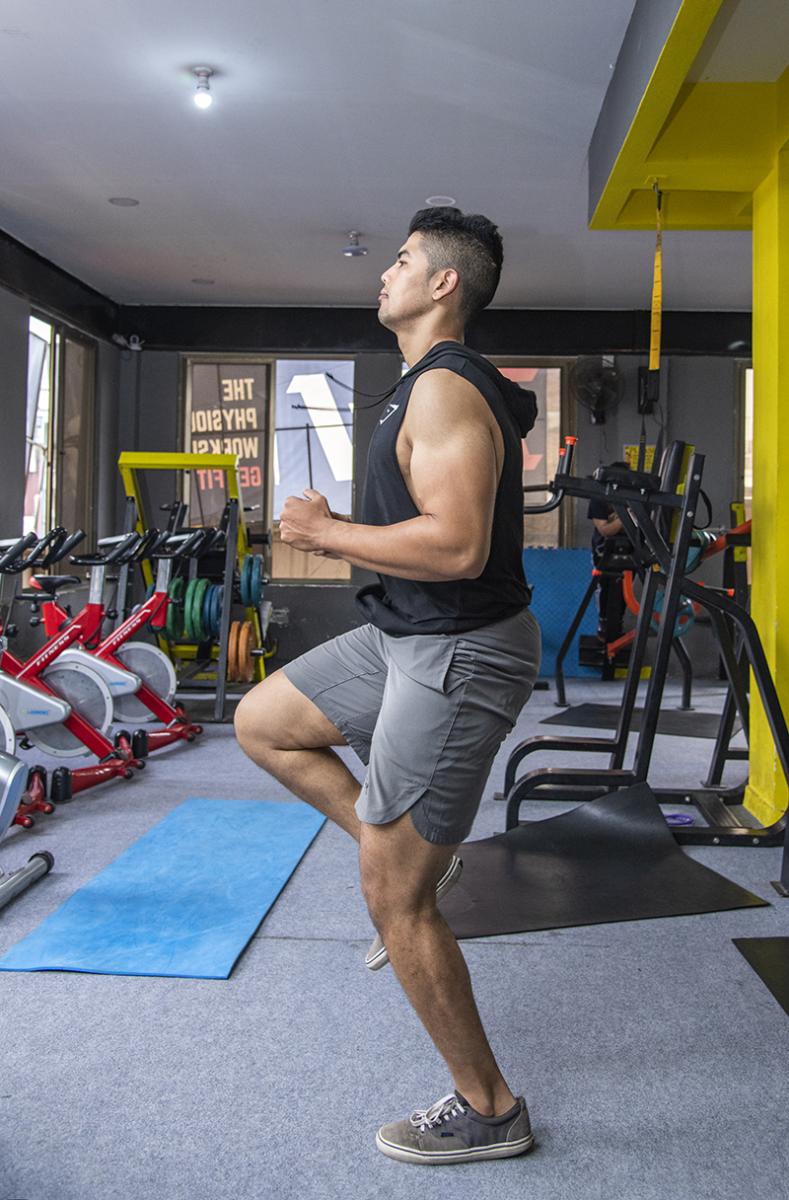
Dancing: Dancing of any sort offers an advantage over other types of exercise: It’s fun. When you’re dancing to music, the movements can feel inspired, rather than forced. Dancing is easy to do anytime, anywhere; you don’t need a dance floor, a partner, a set length of time or a wide space. You can dance standing in front of your desk or in the middle of your kitchen. Dancing easily fits into your day, even if it’s just a few minutes here and there. Dancing whenever you hear music keeps you active, increasing the calories you burn daily and enhancing your overall metabolism.
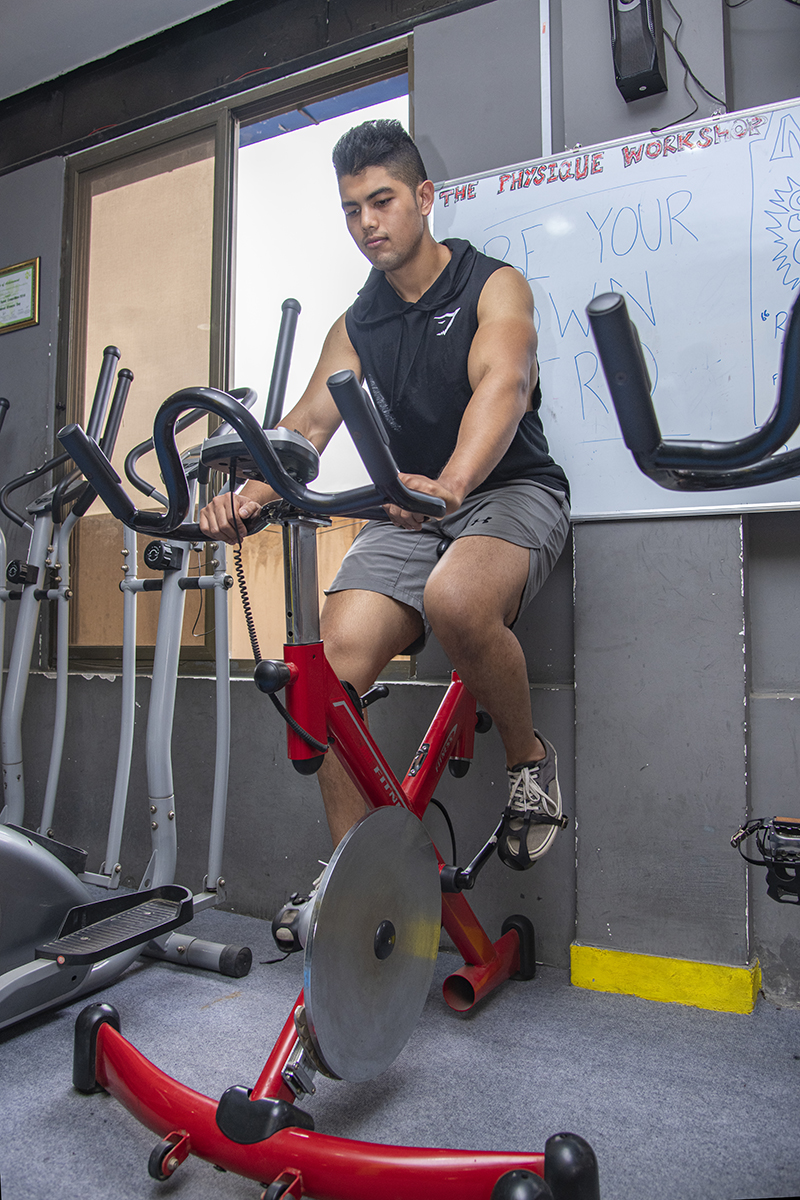
Cycling: Cycling may be out of context for people trying to lose weight since the most common cardio exercise is running (whether on treadmills or outdoors). However, one benefit of cycling is it builds up your cardiovascular endurance (you can go more extended hours and distances of running or biking without panting and getting tired easily) and strengthens your legs as well. If you are recovering from an injury, cycling for cardio is also a good option since this is a low-intensity workout.
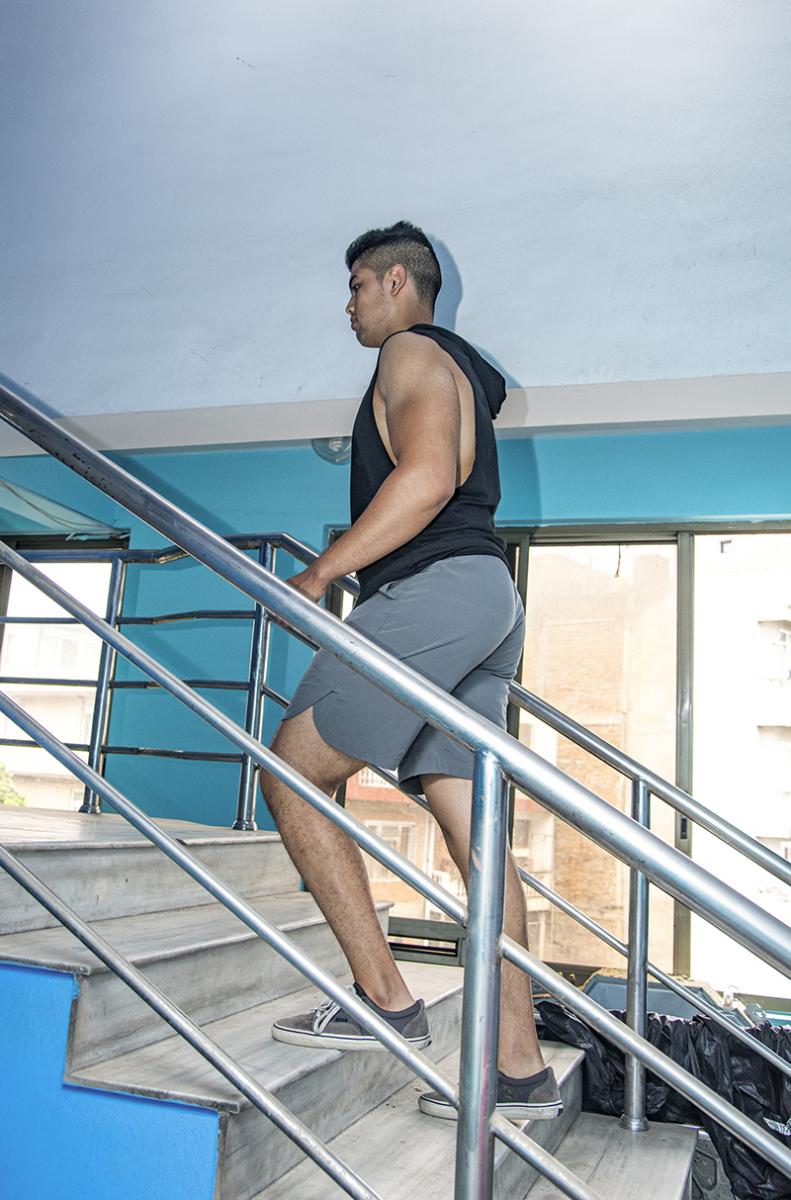
Walking and running: Walking and running both offer many of the same advantages. Keep in mind, however, that you need to walk for a longer period of time to burn as many calories and to achieve some of the other benefits that come from running. But if you’re not pressed for time, or you’re not looking to enter a 10K race, walking can be a better option, especially if you have joint issues, injuries, or back pain. Walking puts less stress and strain on your joints and feet than running.
Benefits of Cardio Exercise
- It helps you burn fat and calories for weight loss.
- It increases your lung capacity.
- It helps reduce your risk of heart attack, high cholesterol, high blood pressure, diabetes, and some forms of cancer.
- It makes you feel good, and can even provide temporary relief from depression and anxiety.
- It helps you sleep better.
- It helps reduce stress.
- It allows you to set a good example for your family.
- There is no 'best' cardio exercise. Just because your friend says running is the best doesn't mean you have to do it, especially if running makes you feel like your entire body is falling apart. Anything that gets your heart rate up fits the bill, even vigorous chores like raking leaves or washing the car.
- Do something you enjoy or at least something you can tolerate. If you hate gym workouts, don't force yourself onto a treadmill. Walk, jog, or bike outdoors to enjoy the scenery. If you like socializing, consider sports, group fitness, working out with a friend or a walking club
- Be flexible and don't be afraid to branch out once you get comfortable with exercise. The nice thing about cardio exercise is that you can choose any activity that raises your heart rate. You don't have to do the same workout every session, nor every week. Changing your cardio is easy, so do it often and you'll discover more activities you enjoy.
- Keep it simple. If you're confused about what to do, start with the basics. You need at least 20 minutes for the body to get going, so start there. Take out your calendar, find 20 minutes of time on three different days and do something—walking, running, going to the gym, vigorous yard work—whatever you want. Make it a habit first and work on your time and intensity later.


